When it comes to hauling a payload, most drivers know that weight distribution is key.
Adding a weight distribution hitch can help to evenly distribute the load, which in turn can lead to better handling and increased stability.
But does this mean that you can haul more weight with a weight distribution hitch?
In this blog post, will explore the answer to this question and help you understand whether weight distribution hitch increases Payload.
Does Weight Distribution Hitch Increase Payload?
In short, a weight distribution hitch can theoretically allow you to haul more weight, but there are many factors that will affect your payload capacity.
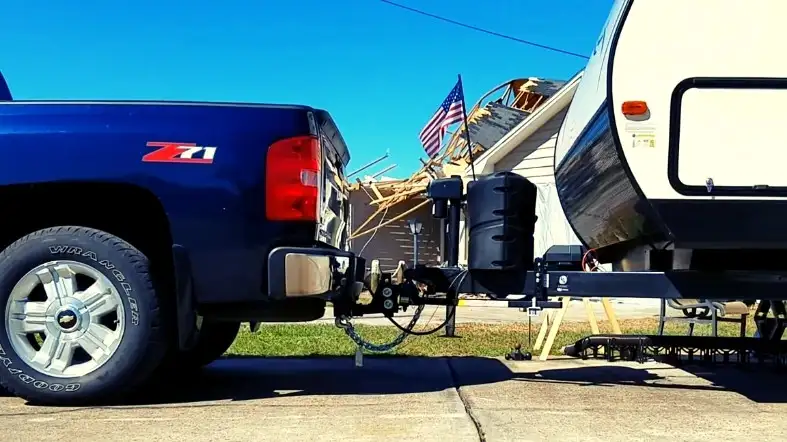
Let’s explore some of these factors in more detail.
Your Vehicle’s GVWR
GVWR stands for Gross Vehicle Weight Rating. This is the maximum weight that your vehicle is designed to safely haul.
This includes the weight of the vehicle itself, as well as any passengers, cargo, or trailer tongue weight.
It’s important to note that your GVWR can be different from your vehicle’s curb weight (the weight of the vehicle without passengers or cargo).
Your Vehicle’s Axle Weight Ratings
Your vehicle likely has two different axle weight ratings: a front axle rating and a rear axle rating.
These ratings indicate the maximum amount of weight that each axle can safely support. When hauling a trailer, the tongue weight is typically added to the rear axle weight.
It’s important to note that your vehicle’s GVWR is not necessarily equal to the sum of its axle weight ratings.
On the other hand, your GVWR should not exceed the sum of your axle weight ratings.
Your Trailer’s Weight Rating
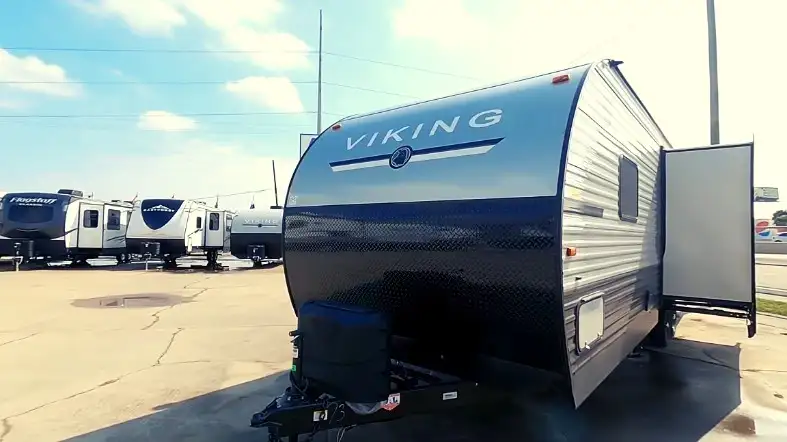
In order to haul a trailer, you’ll need to know its weight rating. This is the maximum amount of weight that the trailer can safely carry.
The trailer weight rating includes the weight of the trailer itself, as well as any cargo that you’ll be carrying.
Your trailer’s weight rating is important because it can be different from the GVWR of your vehicle.
In other words, your vehicle may be able to haul more weight than your trailer.
This is why it’s important to always consult your trailer’s weight rating when determining how much weight you can haul.
Your Hitch’s Weight Rating
When you’re hauling a trailer, the weight of the trailer tongue is added to the rear axle weight of your vehicle.
This means that your hitch needs to be able to support the tongue weight of your trailer.
Most hitches have a maximum tongue weight rating. This is the amount of weight that the hitch can safely support.
If your trailer’s tongue weight exceeds the maximum tongue weight rating of your hitch, you’ll need to upgrade to a heavier-duty hitch.
As you can see, there are quite a number of different factors that can affect your payload capacity.
When in doubt, it’s always best to err on the side of caution and choose a setup that will allow you to haul less weight than the maximum ratings.
This will help ensure that you stay within safe limits and avoid damaging your vehicle or trailer.
How Do I Know If I Need A Weight Distribution Hitch?
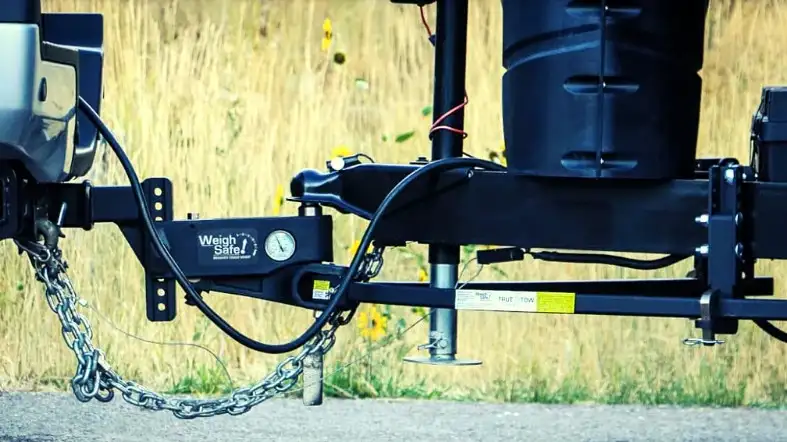
If you’re not sure whether or not you need a weight distribution hitch, there are a few things you can look for.
Below We will discuss three signs that indicate you could benefit from using a weight distribution hitch.
Your Trailer Swaying
One of the most common signs that you need a weight distribution hitch is if your trailer starts to sway.
This can be especially noticeable at high speeds, but it can also happen when you’re turning or making sudden maneuvers.
If your trailer is swaying, it’s important to take action immediately. Swaying can be extremely dangerous, and it can cause you to lose control of your vehicle.
A weight distribution hitch can help to distribute the weight of your trailer more evenly, which can reduce or eliminate trailer sway.
Your Trailer Jackknife
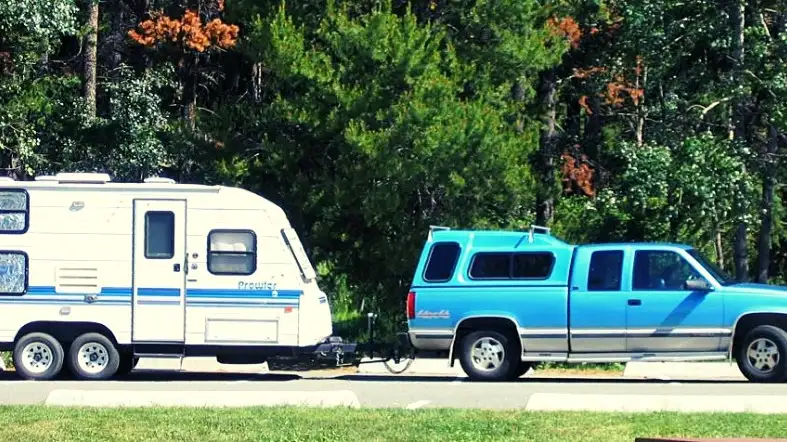
Another sign that you need a weight distribution hitch is if your trailer starts to jackknife.
This happens when the trailer tongue swings out to the side, causing the trailer to fold in half.
Jackknifing can be caused by a variety of things, but it’s often the result of having too much weight on the tongue of your trailer.
When a trailer jackknifes, it’s important to take action immediately. Jackknifing can be extremely dangerous, and it can cause you to lose control of your vehicle.
A weight distribution hitch can help to distribute the weight of your trailer more evenly, which can reduce or eliminate the risk of jackknifing.
Your Trailer is Hitting Your Vehicle
If your trailer is hitting your vehicle, it’s a sign that you need a weight distribution hitch.
When the tongue weight of your trailer is too heavy, it can cause the trailer to push down on your vehicle.
This can lead to the rear of your vehicle becoming lower than the front, which can cause the trailer to hit your vehicle.
A weight distribution hitch can help to distribute the weight of your trailer more evenly, which can reduce or eliminate the risk of your trailer hitting your vehicle.
As you can see, there are a few different signs that indicate you could benefit from using a weight distribution hitch.
What Are The Benefits Of Using Weight Distribution Hitches?
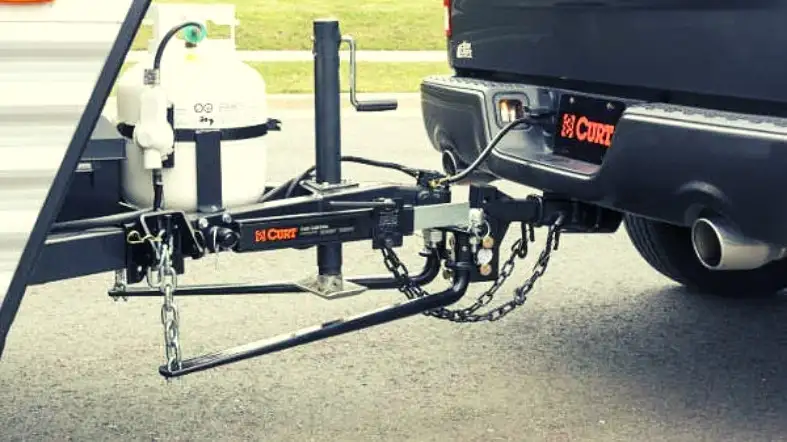
There are a few different reasons why you might need a weight distribution hitch.
Below, we will discuss three of the most common reasons why people use weight distribution hitches.
To Improve Your Vehicle’s Handling
If you’re noticing that your vehicle is starting to handle differently, it could be because of the weight of your trailer.
When you’re hauling a trailer, the weight of the trailer can cause your vehicle to handle it differently.
This is because the weight of the trailer is not evenly distributed across your vehicle.
A weight distribution hitch can help to distribute the weight of your trailer more evenly, which can improve your vehicle’s handling.
To Improve Your Vehicle’s braking
It also can cause your vehicle’s braking to be less effective.
This is because the weight of the trailer is not evenly distributed across your vehicle, and it can cause your vehicle to nose dive when you brake.
Besides being dangerous, this can also cause wear and tear on your vehicle.
To Improve Your Vehicle’s Towing Capacity
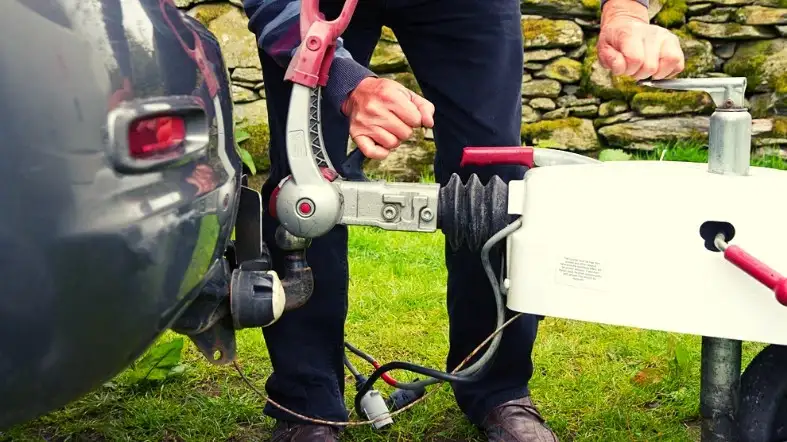
If you’re noticing that your vehicle is struggling to tow your trailer, it could be because of the weight of your trailer.
When you’re hauling a trailer, the weight of the trailer can affect your vehicle’s towing capacity.
The weight of the trailer is not evenly distributed across your vehicle.
To Prevent Trailer Sway
One of the most common reasons people use weight distribution hitches is to prevent trailer sway.
Trailer sway can be extremely dangerous, and it can cause you to lose control of your vehicle.
A weight distribution hitch can help to distribute the weight of your trailer more evenly, which can reduce or eliminate trailer sway.
There are a few different reasons why you might need a weight distribution hitch.
If you’re noticing any of the signs we discussed above, it’s a good idea to consider using a weight distribution hitch.
How Does A Weight Distribution Hitch Work?
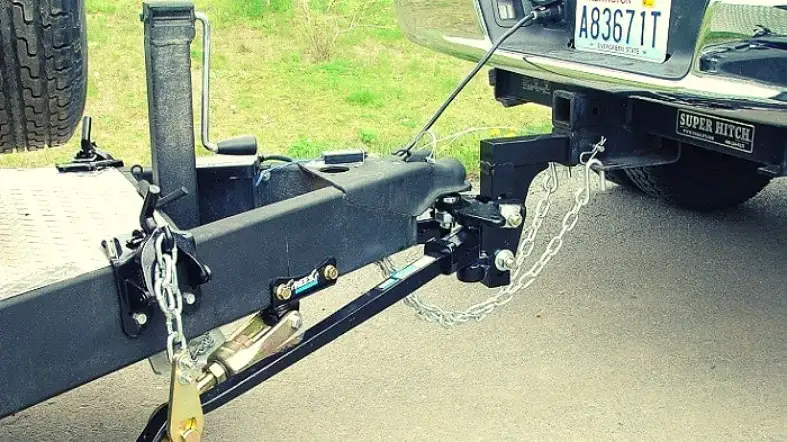
Weight distribution hitches are designed to distribute the weight of your trailer more evenly across your vehicle.
This is done by transferring some of the tongue weight of your trailer to the axles of your vehicle.
Weight distribution hitches typically have two parts: the head and the spring bars. The head is attached to your trailer tongue, and the spring bars are attached to your vehicle’s frame.
On the other hand, if the tongue weight is too light, it can cause your vehicle to become unstable and potentially even jackknife.
Weight distribution hitches are designed to prevent both of these scenarios by distributing the weight of your trailer more evenly across your vehicle.
This helps to improve your vehicle’s stability, braking, and handling.
Is There Any Downside To Using Weight Distribution Hitches?
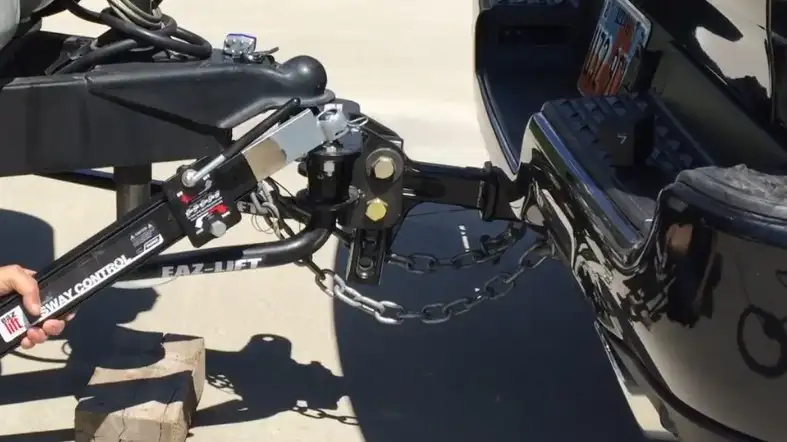
There are a few potential downsides to using weight distribution hitches. Below, we will discuss three of the most common potential downsides.
Increased Complexity
Weight distribution hitches are typically more complex than standard hitches. This means that they can be more difficult to install and use.
If something goes wrong with your weight distribution hitch, it can be more difficult to fix.
Reduced Towing Capacity
It is important to note that weight distribution hitches can sometimes reduce your vehicle’s towing capacity.
This is because they transfer some of the tongue weight of your trailer to the axles of your vehicle.
So, if your vehicle has a low towing capacity, to begin with, using a weight distribution hitch can further reduce your towing capacity.
Increased Cost
This is the most common potential downside to weight distribution hitches. They are typically more expensive than standard hitches.
This is because they are more complex and require more materials. There are a few potential downsides to using weight distribution hitches.
However, these downsides should not deter you from using a weight distribution hitch if you need one.
FAQs about whether weight distribution hitch increases Payload
Do I Need A Weight Distribution Hitches If My Trailer Has A Tongue Weight Of Fewer Than 1000 Lbs?
No, you do not need a weight distribution hitch if your trailer has a tongue weight of fewer than 1000 lbs.
If your trailer’s tongue weight is greater than 1000 lbs, you may need a weight distribution hitch to help distribute the weight more evenly.
How Much Does A Weight Distribution Hitch Increase Payload?
Weight distribution hitches can increase your vehicle’s payload by transferring some of the tongue weight of your trailer to the axles of your vehicle.
This helps to distribute the weight more evenly, which can improve your vehicle’s stability, braking, and handling.
Can I Use A Weight Distribution Hitches On My Car Trailer?
Yes, you can use a weight distribution hitch on your car trailer.
It is important to note that you may need a different type of weight distribution hitch depending on the type of car trailer you have.
Conclusion
This article was helpful in answering your question: Does weight distribution hitch increase payload?
And we hope it also helped clear up some misconceptions about how a weight distribution hitch actually works.
Keep in mind that they are more complex than standard hitches, so be sure to read the instructions carefully before installation.
